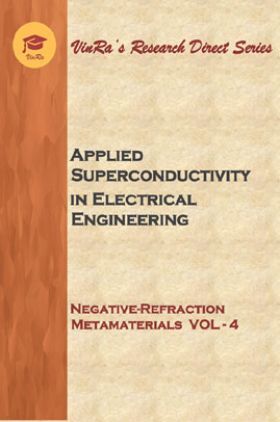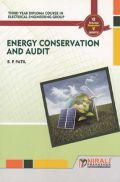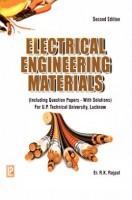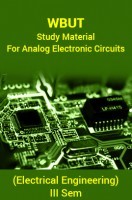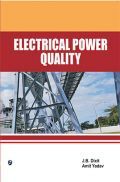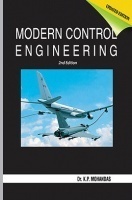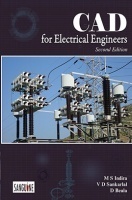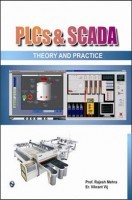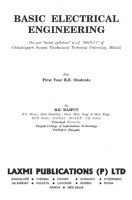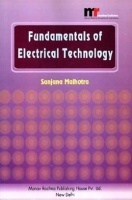Encyclopaedia of Applied Superconductivity in Electrical Engineering covers the study of applied superconductivity in electrical engineering. With its comprehensive review of the current knowledge and the future requirements in the field, this volume presents all the features of metamaterials.
Starting from physical and chemical fundamentals, the authors move on to portray methods and problems of materials processing, thoroughly working out the characteristic properties of metamaterials in contrast to other materials.
They provide a wide range of specific materials characteristics with respect to the latest developments and future applications guiding from fundamentals to practical engineering examples. Negative-Refraction Metamaterials contains ten chapters.
This book Useful for Electrical Engineering Students.
1. Exploration of Amphoteric and Negative Refraction Imaging of Acoustic Sources via Active Metamaterials
2. Hydrogen Storage In Negative-Refraction Matamaterials
3. Mechanical Behavior of Precipitation High Temperature Negative-Refraction Metamaterials
4. Investigation of High Temperature Metamaterial Composition, Structure and Properties
5. Seasonal Carbonate Chemistry Covariation With Temperature, Oxygen, and Salinity in a Fjord Estuary: High Temperature Metamaterials
6. Pt-Tio2/Mwcnts Hybrid Composites for Monitoring Low Hydrogen Concentrations in Air
7. Coral Reefs on the Edge? High Temperature Metamaterials
8. Investigation of La1−Xsrxcro3−∂ (X ~ 0.1) As Membrane for High Temperature Matamaterials Production
9. Influence of Acidic PH on Hydrogen and Acetate Production by Metamaterials
10. Effect of Carbonate Chemistry Alteration on Development
Citations, Index

